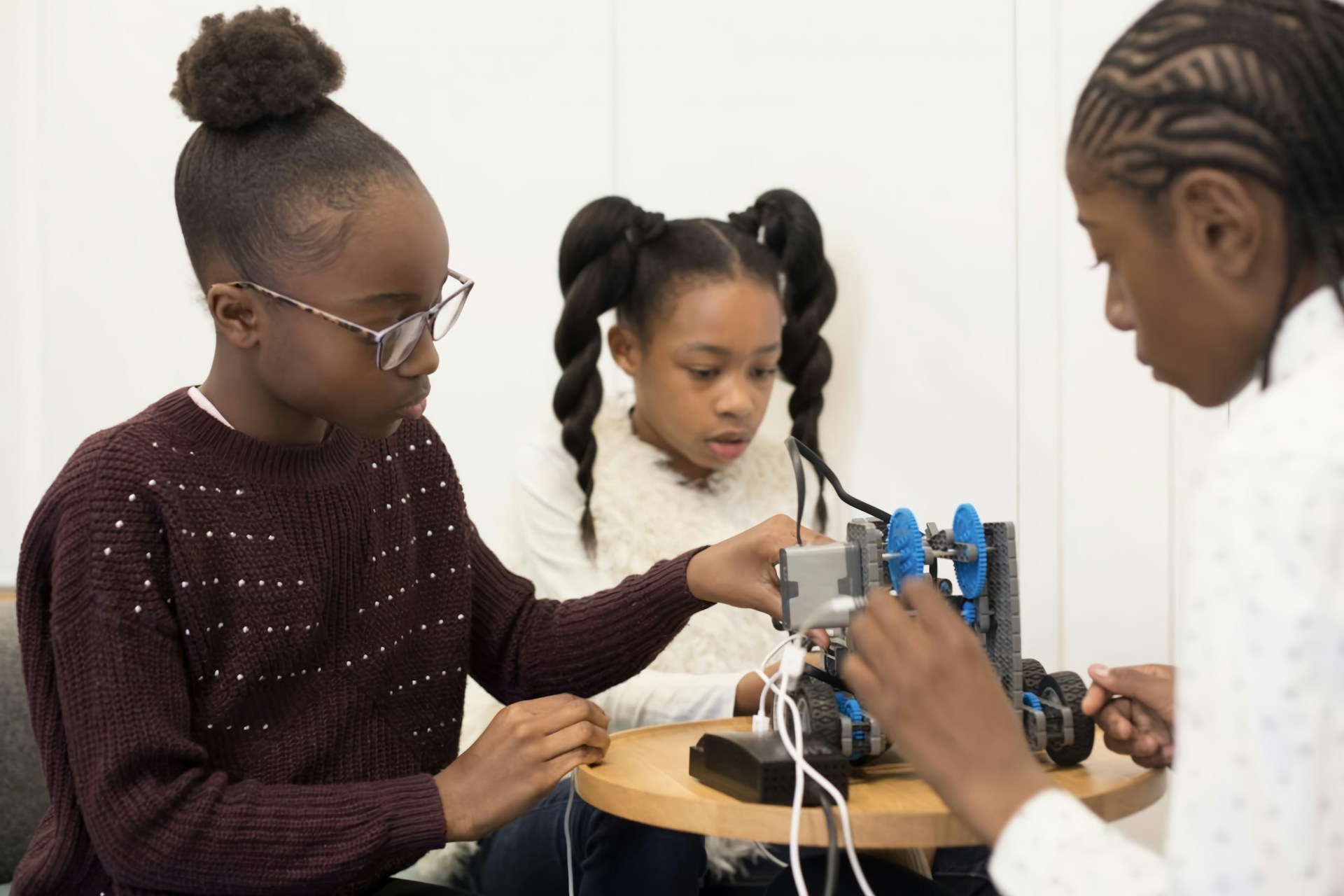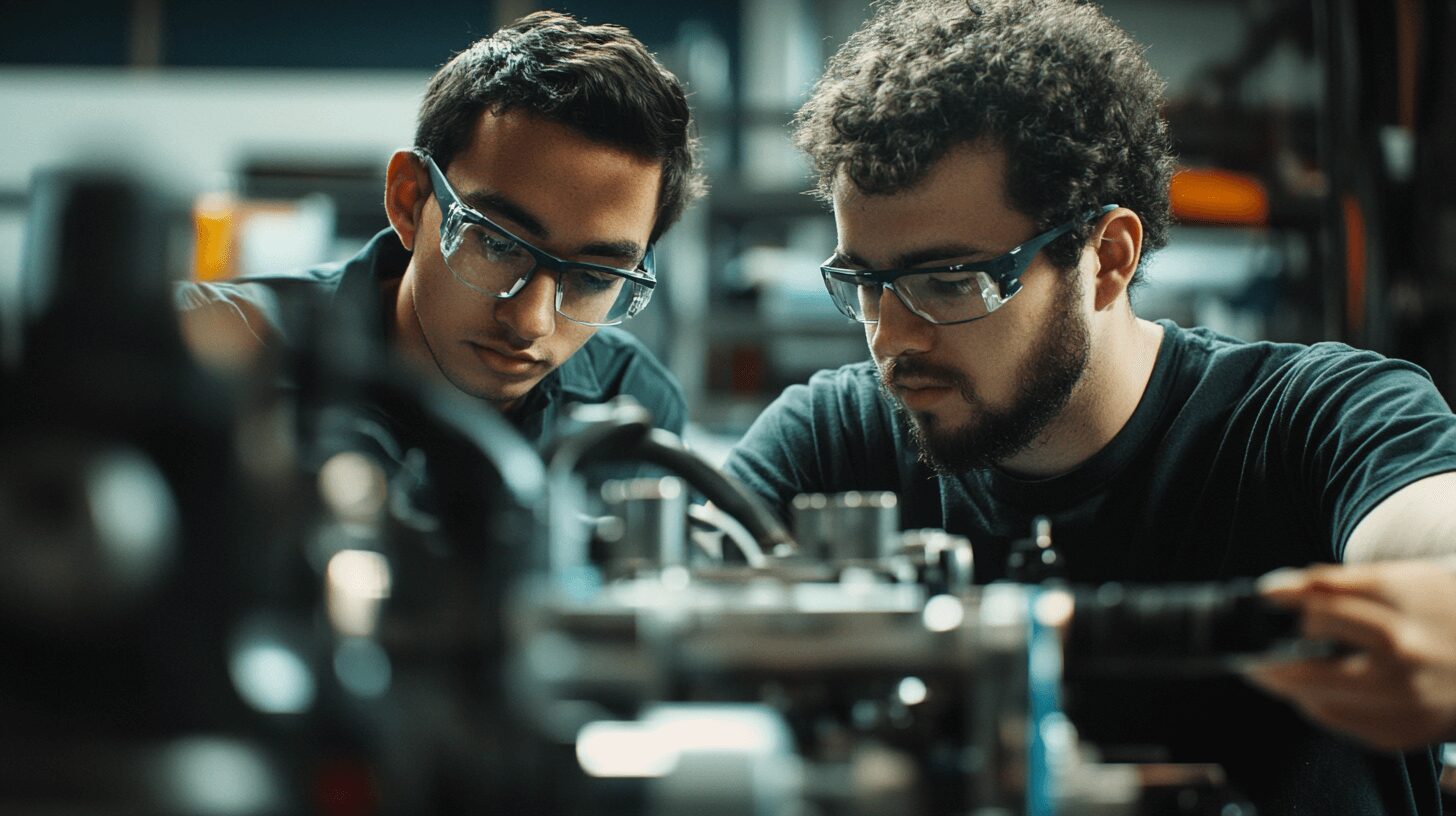
Looking at Mechanical Engineering Trends in 2023
February 19, 2023 - Lou Farrell
Revolutionized is reader-supported. When you buy through links on our site, we may earn an affiliate commission. Learn more here.
As a discipline, mechanical engineering first emerged during the Industrial Revolution. The technology we’ve developed and the skills of the engineers in the field have evolved dramatically since then. What will mechanical engineering look like in 2023 and beyond? What mechanical engineering trends are set to shape the field well into the future?
Pandemic-Fueled Digital Transformation
The mechanical engineering sector was already on track to undergo a digital transformation before the pandemic started in 2020. IBM’s 2021 Digital Transformation Assessment found that 67% of surveyed manufacturers accelerated their digital timetable because of the pandemic. These timetables included everything from designing new digital tools to creating automation programs for related services.
It also enabled the sector to increase the strength of its remote work platforms. These platforms became valuable tools throughout the pandemic as many companies switched to remote teams to keep everyone safe from the virus. Those remote platforms have continued to support workers moving through 2022 and will likely continue to do so throughout the next year.
Growth of Additive Manufacturing
Additive manufacturing, known colloquially as 3D printing, is reshaping manufacturing practices globally. This growth will continue to impact the mechanical engineering sector, especially with the push toward creating sustainable materials and flexible systems for on-demand 3D printing. Current mechanical engineers and those looking to work in the field in the future can all benefit from this growing trend by focusing on design for additive manufacturing (DfAM) skills.
The global 3D printing market is expected to be worth more than $51 billion by 2030. Moving into 2023 is the perfect time for new and experienced mechanical engineers to take advantage of that growth. The field will continue to grow beyond 2023, as additive manufacturing has become a valuable tool for space travel. Companies are using it here on Earth to build their spacecraft and may continue to do so as we work to colonize the Moon, Mars and beyond.
New Uses for CAD
Computer-aided design or CAD isn’t a new trend. It’s a tried and true system that mechanical engineers have used for decades. How engineers can apply this software is changing in 2023 and beyond. Instead of just using it for design, it has become a tool for everything from performance simulations and stress tests to generative design and digital twinning, which we’ll talk more about in a moment.
Engineers who have already honed their CAD skills will find new applications for this software in the coming years. Keep your eyes out for newer CAD versions and unique new ways to use this mechanical engineering staple in the coming years.
Adopting Digital Twin Technology
Physical models and prototypes have been an industry standard for decades, but they can take time and effort to create. You also often find yourself drowning in prototypes as you make small changes to the design. Digital twinning is gaining popularity as a tool to reduce the number of physical prototypes necessary to complete a project. A digital twin is a virtual model that accurately represents an item in the physical world. If you could put the two side by side, there should be no discernable differences between them.
The digital twin can be equipped with virtual sensors, allowing mechanical engineers to put their products through stress and performance tests without creating a new prototype for each test. All the information collected in the digital space can be used to perfect the twin in the physical world.
Green Engineering
Sustainability is a buzzword on the tip of everyone’s tongue in 2022. Countries are looking for new and innovative ways to reduce their CO2 emissions and carbon footprint. If they hope to avert a looming climate crisis, humanity must come together to reduce its CO2 emissions by 40% before 2030. They also need to reach the goal of net zero emissions before 2050. It’s a lofty but achievable goal if companies and corporations start making the necessary changes.
One of the many ways the world works to achieve this goal is by leaning more heavily onto subjects like eco-engineering. Mechanical engineers looking for a change could consider shifting to this more eco-friendly field. Even without that career shift, there is a growing movement for engineers to create and embrace the kind of green engineering technologies that will move to reshape the industry in the coming decades.
Smart System and Automation
Automation is another facet beginning to heavily influence most engineering and manufacturing sectors. Here, more traditional mechanical engineers may start to struggle. A second degree in software engineering isn’t necessary, but some programming knowledge can come in handy when adopting automation and smart systems.
Automation is becoming a valuable tool for taking over tedious, monotonous or dangerous tasks in the field. Instead of putting a human worker at risk, an automated system can complete the same job. The robotics necessary to implement these systems fall firmly in the mechanical engineering sector. Who hasn’t dreamed of building robots to handle mundane tasks like passing the butter?
More Applications for IIoT
The Internet of Things is growing exponentially. In 2021, there were more than 27 billion devices connected to the IoT, a number that will continue to climb in the coming years. Beyond the smart technology that people are installing in their homes lies the Industrial Internet of Things (IIoT), where mechanical engineering will come into play.
Installing IIoT systems relies heavily on communication between old machinery and new sensors. Overcoming the tech gap between the two can be a challenge, especially for companies using the same equipment for decades. Mechanical engineers will need to work with other teams to make the most of machine-to-machine communication and improve IIoT adoption in the workplace in the coming years.
The Future of Mechanical Engineering Trends
The world is shifting toward a digital future, but that doesn’t mean there isn’t a place for mechanical engineers. Individuals may need to augment their existing skills or learn new ones, such as programming as mechanical engineering trends increase in popularity. Their foundational experiences will continue to support many industries through 2023 and beyond.
Revolutionized is reader-supported. When you buy through links on our site, we may earn an affiliate commission. Learn more here.
Author
Lou Farrell
Lou Farrell, Senior Editor, is a science and technology writer at Revolutionized, specializing in technological advancements and the impacts on the environment from new developments in the industry. He loves almost nothing more than writing, and enthusiastically tackles each new challenge in this ever-changing world. If not writing, he enjoys unwinding with some casual gaming, or a good sci-fi or fantasy novel.





Excellent lessons.